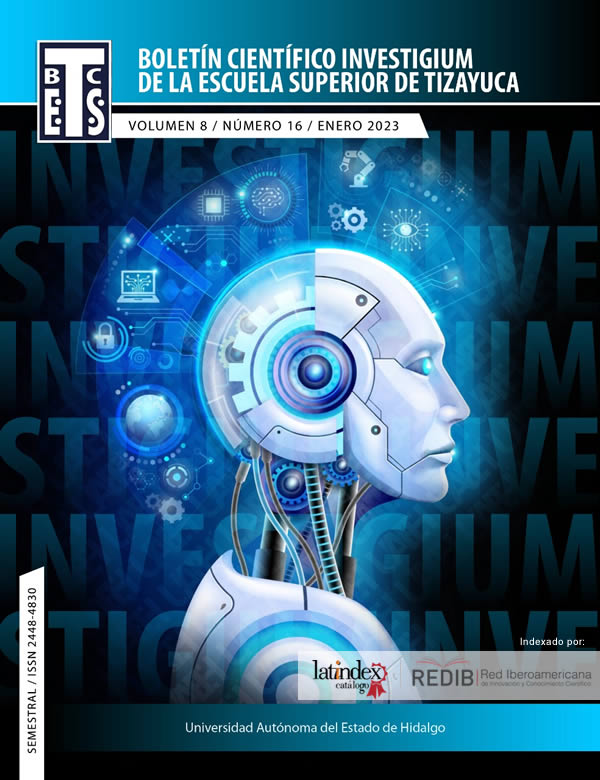Tourist Corridors in the State of Hidalgo and the Degrees of Social Lag
Abstract
The tourist corridors in the State of Hidalgo, Mexico, arise with the purpose of improving the competitiveness of tourist destinations in the entity but above all as a strategy to improve the living conditions of the tourist receiving localities, this because tourist activity is a topic that is traditionally analyzed from an eminently economic point of view, that is, as an activity that generates income, in this sense the purpose of this work is to analyze the conformation in its structure of tourist corridors in the State and determine the relationship it has with social backwardness, for this a classification of tourist attractions by category and type is carried out, later the degrees of social backwardness are identified to link them with the delimitation of tourist corridors and determine if this classification can be seen as a trigger for development.
Downloads
References
Angulo, G. (2002). El espacio turístico y las zonas y centros de interés turístico nacional. Universidad Austral de Chile. Escuela de Turismo.
Bertalanffy, L. (2004). Teoría General de los Sistemas. México, FCE.
Boisier, S. (2003), "¿Y si el desarrollo fuese una emergencia sistémica?", Revista del CLAD Reforma y Democracia, no. 27, octubre, Caracas
Boullón, R. (1978). El sistema turístico. OCEA/CICATUR. México: Ed. Trillas.
Boullón, R. (1997). Planificación del espacio turístico. México: Editorial Trillas.
Boullón, R. (2002). Proyectos Turísticos: metodología para certar sin errores. Buenos Aires ED turísticas.
Carrillo, M. (2002). Aspectos microeconómicos introductorios del desarrollo regional y urbano. Teoría y evidencia empírica. 1a edición, Instituto Politécnico Nacional, México.
CONEVAL. (2015). Medición de la pobreza, índice y grado de rezago social, México.
Guerrero, G. & Ramos, M. (2014). Introducción al Turismo. México, Grupo Editorial Patria.
Ibañez, P. (2011). Crecimiento Económico, desarrollo sustentable y turismo: Una aproximación del posicionamiento de baja. California Sur (BCS) en el barómetro de sustentabilidad, El periplo Sustentable, Num. 20 UAEM, México.
Jiménez, B. & Jiménez B. (2015). Turismo tendencias globales y planificación estratégica. Bogotá, ECOE.
Leiper, N. (1979). The framework of tourism: Towards a definition of tourism, tourist, and the tourist industry, Annals of tourism, Research.
Molina S. (1996). Conceptualización del turismo. México, Limusa.
Molina, S. (1986). Planificación del Turismo, Nuevo Tiempo Libre. México.
Orduño, M. (1966). Introducción al estudio del turismo, Textos Universitarios de México.
Pannoso, N. (2007). Filosofía del turismo: Una propuesta epistemológica, Estudios y Perspectivas del Turismo 16 389-402.
Vázquez, A. (2000). Desarrollo económico local y descentralización: aproximación a un marco conceptual, CEPAL, Santiago de Chile.
Vázquez, A. (2005). Las nuevas fuerzas del desarrollo, Megalopolis 50 Years On: The Transformation of a City Region, International Journal of Urban and Regional Research, 31.
Copyright (c) 2023 Liza Viviana Velasco Álvarez

This work is licensed under a Creative Commons Attribution-NonCommercial-NoDerivatives 4.0 International License.











